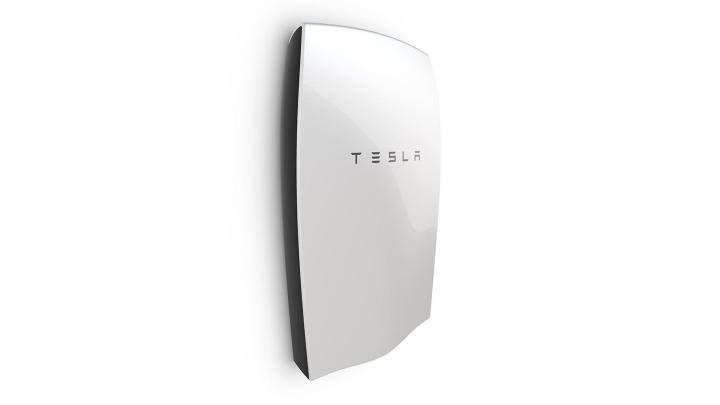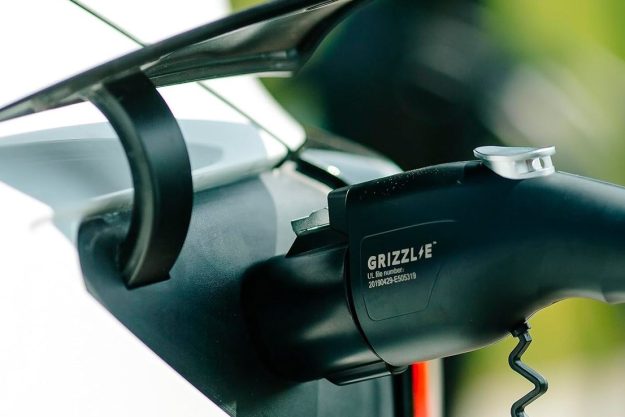
There are Tesla employees on the ground in Puerto Rico installing the batteries, repairing solar panels, and working to coordinate efforts with local organizations. This has all been going on ever since the storm cleared. The Powerwall battery, first introduced two years ago, is designed for homes that store energy generated from solar panels. In addition, Tesla CEO Elon Musk has personally donated $250,000 to the relief effort in Puerto Rico.
Governor Ricardo Rosselló believes it could take months for power to fully be restored. “It depends on the damage to the infrastructure,” he told Anderson Cooper. “I’m afraid it’s probably going to be severe. If it is … we’re looking at months as opposed to weeks or days.”
A Tesla spokesperson has also confirmed that the company is still sending out shipments of the Powerwall batteries to the island. After Hurricane Irma hit Puerto Rico, one million people were left without power. Nearly 60,000 people were already without power as soon as Hurricane Maria hit.
High-priority buildings such as hospitals are currently being powered by generators. The Powerwall batteries are certainly going to be helpful, as the island of Puerto Rico is working on restoring its electrical grid.
Tesla also recently helped Florida residents in need during Hurricane Irma. The Palo Alto car and energy company remotely upgraded the batteries of every Model S 60 and Model X 60 vehicle with 60-kilowatt hour and 70-kwh battery packs registered in the state. This allowed those with Tesla vehicles to evacuate the area more easily.
Tesla is further expanding its influence in homes, as it set up a tour of its Tiny House through Australia.
Meanwhile, Tesla’s bread and butter is still in the automotive industry, and its highly anticipated Model 3 is expected to debut in 2018. Tesla’s electric semitruck will be unveiled in October.
Editors' Recommendations
- This Tesla video manages to make battery production look cool
- Tesla Battery Day: Model S Plaid, Autopilot updates, and all the big news
- Tesla Battery Day is finally happening. Here’s how to watch
- Tesla’s new million-mile battery could finally make electric cars affordable
- New research could help Tesla’s EV batteries last for a million miles


